-
Posts
1,337 -
Joined
-
Last visited
Content Type
Forums
Detector Prospector Home
Detector Database
Downloads
Everything posted by EL NINO77
-

New Rutus Detector Announced
EL NINO77 replied to xawi29's topic in Metal Detector Advice & Comparisons
From my point of view, the tests of the New Rutus VERSA went very well,,, ,,as you can see from the video of the VERSA testing with my colleague SAPER... ....First of all, I should say something to my SAPER colleague.... who is a co-designer and chief tester of Rutus company detectors... SAPER is very well-known - the most famous treasure hunter... in Poland... who has found many beautiful treasures among other things... also of great historical importance... Above all, this person knows... what properties a detector should have in order to best meet the requirements for that type of detection, and such a detector should have the ability to find targets... from small fragments of gold and silver coins... .. to deeply buried treasures stored in ceramic containers, in different types of terrain and conditions. And....That's why SAPER prefers a detector that uses real Allmetal and Mix mode....in combination with maximally good 2D and 3D separation of targets in iron...as well as really good depth of detection,,,, this means that the detector it must be really very universal... and it must have the best possible detector for its detection from a technical point of view that fulfills these characteristics....... And maybe that's why for many years he has been working with the owner and chief designer of RUTUS metal detectors.. with Mr. Arkadius Rutyna.. on the development of new detectors... ......Both are active searchers...using a metal detector,,,and Rutus Alter 71, Atrex and also the new VERSA detector models are the result of their cooperation.. -

New Rutus Detector Announced
EL NINO77 replied to xawi29's topic in Metal Detector Advice & Comparisons
Rutus produces detectors that have excellent detection properties, and can unmask and detect new targets even in heavily pre-detected areas...-as an Atrex tester, I have experienced this many times.. ...and this detector found me other good targets.. ..This detector can also provide correct VDI targets and a plot of the signal on the hodograph graph, which is very helpful in correctly identifying the target ... and Dual mode/mix mode/ works very well when eminating unsolicited targets such as various large iron or aluminum foil because you have a very good idea of the size of the target and the strength of the signal....and the detector will not be fooled by larger ferous targets...like a detector with only one dynamic channel... The advantage of the Rutus is that the detector screen can provide enough information to detect and identify the target... and not just a simple VDI number of the target as in the case of other detectors... and I use THAT very often in my practical detection... and I often prefer this one detector before others... -

New Rutus Detector Announced
EL NINO77 replied to xawi29's topic in Metal Detector Advice & Comparisons
The Rutus VERSA .....looks really good in terms of technical parameters... ,,I'd say excellent.....So we'll see what this detector can do in Terrain...on Monday I'll have the opportunity to test this detector..and compare it...for example with my really good..detectors that I have...👍 But now I think it's the detector... that many detectorists have been waiting for... - waterproof multi-frequency detector with static and pseudo-static mode / All metal / with tone identification + possibility of Mix mode... which predicts excellent depth parameters... even in really difficult terrains... with fast separation in iron, and in addition to VDI, the graphic display of the target signal/hodograph/ gives an idea of the great potential of this detector in practical detection... The low weight and compact dimensions of the detector also meet the standards... Upgrading the software of the detector with the help of Wifi gives the possibility to upgrade the software of the Rutus VERSA detector directly in the field and with the help of a mobile phone or laptop... As a tester of its predecessor /Rutus Atrex/ and testing of various software.. I know something about it .. and it is an outstanding feature.. which can keep and keep the detector current even in the future....!!! ....Furthermore, I think that Rutus VERSA is a detector that will really compete for a place in popularity on the worldwide detector market..... -

What Difference Does 1khz Have On The Equinox From 5khz To 4khz?
EL NINO77 replied to RickUK's topic in Minelab Equinox Forum
I think it's visible,, in this test...,,where the 4khz setting works best on a 1 silver dollar coin... The tests were done by my colleague Jack... on his test field.. -

Using A Ctx3030 Like A Mono Frequency...
EL NINO77 replied to Skull diver's topic in Metal Detecting For Jewelry
I made a short video of the sensitivity and range test of the CTX 3030 on a small low-conductivity target 1/24.. at a depth of 7.5 cm .. on multi-frequency channels 11-10-1... The test was done on the sensitivity of the detector 21...to see the difference in range in this test... with CTX 3030 ... channel 11 gives the best signal, channel 10 gives a slightly weaker signal,,, but channel 1 no longer gives any signal to this small target at a depth of 7.5 cm... this can indicate... how we can influence the detection results by using a different multifrequency channel in the CTX 3030 or in the Etrac..- 16 replies
-
- minelab ctx 3030
- underwater detectors
-
(and 1 more)
Tagged with:
-

First And Second Gold With Atrex
EL NINO77 replied to xawi29's topic in Metal Detecting For Coins & Relics
Xavi... as an Atrex tester, I used Atrex for almost the whole of last year on the new Multifrequency "Coin program" on reactivity 4-5 and then I detected this Teren again on Reactivity 7... which can unmask other findings... mostly at a sensitivity of around 85.. to 90..... Finally, I will also cross the field on 1 frequency around 14.4 khz -17.4 ... for further control of the field.... and sometimes 1 frequency can have an edge in some detection situations... Reaktivity 5 has the best depth and separation properties of Atrex, even when you use different coils... that's why I recommend using such Reaktivities for the first and also the next crossing of the terrain... for higher reactivity 7 .....Atrex picks up and unmasks other targets... From my point of view, the 23cm DD coil has the best depth separation properties....but the 6x10 Sniper coil will also be very effective in 3D separation.. for the last crossing of the terrain, I use a 12 cm concentric coil that can unmask other slightly shallower targets in 2D separation.... this small coil requires a certain amount of patience in detection... but it will be rewarded with good finds... -

Using A Ctx3030 Like A Mono Frequency...
EL NINO77 replied to Skull diver's topic in Metal Detecting For Jewelry
*CTX 3030 ..if you want a little more sensitivity for small targets, use channel 10..., and audio response long... or smooth.. and sensitivity 23 and more.... tested low-conductivity target ... 5mm, 0.19 gram lead ... target conductivity measured on XP ORX ... VDI 43.- 16 replies
-
- minelab ctx 3030
- underwater detectors
-
(and 1 more)
Tagged with:
-

Not Much Interest In USA Units Lately
EL NINO77 replied to bigtim1973's topic in Metal Detector Advice & Comparisons
I think that in the last 10-12 years, American detector manufacturers underestimated European detector manufacturers,,, who produced really good detectors that equaled and even surpassed the detectors of American manufacturers.....mainly after lateral unmasking in iron,,but also deep separation.. . what does it mean to find other new targets on the explored terrains... This eventually translated into the results for the companies m Tesoro and Whites ..which ended their activity.. As one of the Rutus Atrex testers, I know where the current technological level is... European manufacturers... and what results such detectors can achieve... even though I have a sufficient number of American, European and Australian detectors in my portfolio /26/ ... Minelab also realized this... did not underestimate it... and came up with the development of Equinox, which turned out to be a successful detector... I think that American manufacturers still have a chance to succeed... if they start working seriously on improving their detection technology... but it's high time to start doing something... -

First And Second Gold With Atrex
EL NINO77 replied to xawi29's topic in Metal Detecting For Coins & Relics
Nice find Xavi...👍, which multi-frequency program do you use on Atrex, on your Terrain...? -
Mark... the explanation is very simple.....With multi-frequency, the total *TX of the detector is divided into 2-3 frequencies that use the multi-frequency program....and thus the TX is divided in this way... thus the overall Signal/noise EMI coefficient is reduced multi-frequency program,, Add to that a greater possibility of interference with one of the 2-3 frequencies used in a given multi-frequency program.. and we immediately have a significantly higher probability that a multi-frequency program can be more often affected by EMI.. One frequency of the tor uses all the detector's TX concentrated into 1 frequency... in such a situation it can provide an advantage in a better signal/noise Emi distance... and it is also easier to choose 1F undisturbed working frequency of the detector....,..which will be work stably....as a group of 2-3 frequencies used by Multifrequency... In order to have an overview of how Emi affects the given detector....if you have your own test field....you can try to set the detector to the most affected frequency... and try the detector in a deep test,,,to see if the given detector can affect visible EMI or Silent Emi,,, For example, in my test, I set the detector to the most disturbed EMI..IN 16.4 khz..... graphic scan Emi helped me to select the most disturbed frequency in this case 16.4 khz...!!!So that it works as unstable as possible at a sensitivity of 90....!!! .....Then I reduced the sensitivity of the detector from 90 to a stable sensitivity of 55... so it was also a test for EMI silence...and I tested the detector set up like this on my 3 deep targets... on my Test field "4X4"... As you can see, the detector was able to detect deep targets at a disturbed frequency when it was set to a fairly low sensitivity... 55 out of 99 max... The large 15" coil, which has excellent deep detection properties even at the low sensitivity of the detector at 55, also contributed to someone... another result of this test is also the knowledge that even a large coil can work effectively in EMI,,,if you sufficiently reduce the sensitivity of the detector to an acceptable level.... ...the detector range results agree with previous depth tests of various coils on this test field... Picture:The value is the minimum sensitivity value for each of the tested coils needed to reliably detect 3 deep targets on my test field... :
-
The very use of different coils on the detector with which you detect ... is a bit of rocket science ... where the physics of the size of the coil determines the following depth and separation properties. not only in various tests ... but ... which you can also notice in practical detection on certain terrain...when you change different coils on your detector...and you have at least 50-100 hours of detection on such terrain.... First of all, you can notice...that on a modern detector with an adjustable recovery speed...the 11" coil can do a lot of work.....but it cannot detect all targets...whether deeper or masked by iron.... Remember that it's an 11 coil, it's a standard coil .. and it's a compromise between good depth and pretty good separation... if you want better depth or separation ... you must have another coil ... of a different size ... And that's why, in further detections, other coil sizes come into consideration... which can really pull out other targets in the field... Many people think that the smaller the coil, the more it can unmask more targets than an 11" standard coil... but the truth is that really small coils can better unmask targets in iron only to a certain depth... and for coins masked at a greater depth already such small coils do not have enough power to unmask a deep target... Now we can ask ourselves the question,,,,, what size coil can best unmask very deeply masked targets?.... From my observations from detection...from the field.....but also specialized... 3D deep separation tests confirm one thing and that is that the 8.5-9" coil can best detect very deeply buried and camouflaged targets quite close it depends....where not even 11" standard coils but even small 5-7" coils can do it so well... In.. *Super deph 3D Separacion test: very small 14mm -0.45 gram silver hammered coin placed at a depth of 17.5 cm...in terrain.. 1.test 8.3" x 9" DDcoil /23CM DD Rutus coil/ vs. 11" Standart Rutus coil.. in 2.Test: ------------------------------------------------ But if we take into account that we have a relatively clean field with a minimum of iron.. which is little or slightly mineralized.... then the best deep results are achieved by large coils.. in this next test, I tested different coils on 3 deep targets to find out what sensitivity I need to set on my detector in order to reliably hit all 3 relatively deep targets... The first marked column of the table is the minimum sensitivity when working on multi-frequency /M/, the second marked column is the minimum sensitivity required to detect targets on 1 frequency of 15.8 khz.. .The third labeled column/M/ indicates, for some coils, what minimum sensitivity we need when shooting at multifrequency to reliably detect the deepest target on my test field, a 50 euro cent coin at a depth of 37cm... As you can see the ATrex on the big 15" coil needs only 55 sensitivity on one frequency15.8 and only 65 sensitivity on multi frequency out of.. 99 - maximum detector sensitivity .. to reliably hit all 3 deep targets... on my test field...
-
The fact that Mr. Monte Berry is no longer with us... is very sad news for me personally. It made me very sad..also because I considered him to be a very good and honest person...who always knew how to help with his advice and experience...not only beginners but also experienced detectorists... ... You know...Just yesterday I read on AHRPS forum.. how Mr. Monte is preparing for the next detection season and what detectors and coils he will use for that...I was looking forward to seeing that he is in good health and condition... Mr. Monte was one of the pioneers of standardized testing from the point of view of separation..and the evaluation of the separation properties of the detector.....which gave a strong impetus... to the further development of detectors.....where one of the decisive detection properties... is right target separation between the iron... It was Mr. Monte many years ago who incited in me the idea of the importance of good separation properties of the detector...as a very important element in detection... .. First of all, I want to mention that he also helped me... When Mr. Monte saw some of my tests in which I used copies of his separation test.....He sent me his original "Monte Performance Nailboard Test"... Mr. Monte I will miss you too...,, ...one of the best has left... ....My sincere condolences to His Family and Friends....
-

Head To Head Comparisons
EL NINO77 replied to Johnnysalami1957's topic in Metal Detector Advice & Comparisons
Modern advanced detectors use several sophisticated programs that are sufficiently optimized for the given type of detection... which are fine-tuned by field testers for the given type of detection... and therefore I would recommend new detector users to rely on the program they choose for the given purpose of detection. .. The important thing is to understand what the given program is supposed to do in detection... and that's why we'll start using the beach program for beach detection,,, because it guarantees the stability of detection in such an environment...,,and in field detection, use the preset Field program.. .., and for detection in the park, we will use the Park program...because these programs also have optimized settings/and the type of multifrequency/ for this kind of detection... The programs make it easier for you to decide... how to set the detector correctly... without having to have deep knowledge about how to set the detector correctly.... If you are an experienced user, you can edit these programs and even better set the individual program for your field conditions..be it for better separation in iron or depth of detection.... Comparing the Programs of one detector with another Detector is a bit tricky because you have to know the detectors you are testing well enough...and know which programs are similar.....and often this cannot be done without detailed separation and in-depth testing.. -
How fast you sweep with the coil at a certain recovery speed will strongly depend on the mineralization of the terrain ... because in lightly mineralized terrain you can also sweep at a fairly low recovery speed ... relatively fast .. and you will still receive a signal from the target from both sides of the coil sweep every time ...even on deep targets.. The problem starts if you go to detect at a similarly low recovery speed in more mineralized terrain... and with a quick sweep with the coil you start to pass deeper targets.... ..That doesn't mean that you won't find shallower targets... Yes.. but you won't be able to reliably detect deeper and deeper targets...or not at all.. .. A good advice is if you have a detector that has a fixed lower ground filter/recovery sped/ it is to slow down the coil sweep speed in such terrain... and thus enable the detector to optimally detect targets in such terrain... If you have a detector that has an adjustable recovery speed, then in such a terrain, increase the recovery speed to a higher value/ the best optimal for this terrain... and then you can sweep the coil again at normal speed... and you will be able to reliably detect even deeper goals... what is the optimal recovery speed for the given terrain? That - will depend on the strength of mineralization of the terrain... Furthermore, it will also depend on the degree of contamination of the field with iron, because the higher recovery speed does not see the iron from the side of the coil as far as it is with the low recovery speed, and therefore the higher recovery speed better unmasks good signals in the field... which is covered with iron waste.. if you are starting detection in some terrain... normally I recommend using medium high recovery speed...
-
First, let's ask ourselves a question... what is hidden under the name recovery sped? The degree of certainty of recovery sped is actually the setting of two parameters: the certainty of the type of ground filter and the time of operation/recovery/ of this ground filter. These two parameters are optimized for each level of recovery sped... and in general, it is the case that the higher the group filter is set, the faster the recovery work of this filter is. In general, it is true that a certain value of recovery speed will be the most optimal for the day type of mineralization of the terrain.. because too low a recovery will not filter the signal of the terrain well and may also be unstable ..-and therefore you will not find deeper targets... and..on the other hand, if the recovery speed is too high, the detector will become very stable, but in such a terrain.. it is shallow ... and therefore you will not find the deepest signals either... But if you set the optimal recovery speed ... for this terrain ... then the detector will be sufficiently stable and will also have an optimal depth in such terrain...
-
it can be seen that your terrain is very strongly magnetically mineralized with Magnetite... and that is why your highly conductive coins will pass from the iron zone very quickly, even from deep, while less conductive bronze and even less conductive lead ... are able to resist better of the non ferous VDI signal. with the depth of detection...,,,
-

Minelab X-terra Pro Vs Nokta Simplex
EL NINO77 replied to ☠ Cipher's topic in Metal Detector Advice & Comparisons
X terra pro has the option of wirelessly connecting headphones.....!!! It can be seen that Minelab is going from X Terra Pro very seriously to the fight for market dominance... in this price category... and this is also indicated by the options and settings of XTerra Pro... let's not forget that Minelab has already managed to put on the market the multi-frequency detector Vanquish 340 for 240 euros.....and it is possible that it will also innovate this class of detectors...which I would consider logical.... -

Do Fertilizers Affect Performance?
EL NINO77 replied to Digalicious's topic in Metal Detector Advice & Comparisons
First of all, you need to realize.. what does the conductivity of the terrain do... it is natural saline terrain, salt lakes, bogs, coke,...sea water and beaches .. terrain that contains natural or artificial fertilizers, lawns - which are often fertilized, terrain containing certain the proportion of non-ferrous metals - these terrains have one thing in common - they produce a non-ferrous signal response with a very low VDI.. it's not just about the fact that this terrain gives a signal response for the detector,,, another disadvantage is that such a low-conductivity signal can merge with the signal of the target - and very strongly reduce... the actual VDI of the target... If you also add to that a certain share of the iron response of the terrain in such a salty terrain, the deep signal can go to the iron zone of the VDI more quickly... if we can prevent this..? and what do detector manufacturers do?. Mostly ... they use multi-frequency programs that have salt signal elimination in them ... and thus improve the stability ... of the detector detection ... and also the stability of the VDI target ... in such a conductive field ... if I want to find out which program has built-in salt elimination ... you can find it out very quickly with the help of an airtest with a compact CD - which simulates conductive terrain very well ... and is also widely used for calibrating detectors to eliminate the salt signal.. I devised a certain test procedure.....I used this test procedure, but in addition to the test on the CD disc, I also expanded it to include a test on the DVD R disc. the detector sees a CD disc and a DVD-R disc, which has a stronger metal layer and imitates a stronger conductive response. For example, you will quickly find out the differences between different programs, for example Park 1, Park 2, beach 1,2 If you don't have a multi-frequency detector... you can use 1 frequency detector with a variable frequency and quickly find out how the 1F frequency is the most resistant to the field's conductivity. ..One thing to be reminded here.... programs with salt elimination... definitely lose sensitivity to very small low-conductivity targets,,,!!! ------------------------------------------- The program with the elimination of field conductivity...the detector does not detect the CD!!! ---------------------------------------------------- Program.. without elimination of field conductivity.. The detector detects both CD and DVD-R discs --- from a very long distance ... this means that this program will be significantly less stable in the conductive field..!!! -
....coils from X-terra pro will not work on Equinox, we would probably like a lot... On the contrary... the coils from the Equinox will work on the X-terra Pro... and that's an advantage for someone who already has an Equinox...
-
For MXT, for open fields, clearly 13" Detech ultimate, and as a small coil, 6x8" SEF,, or possibly a 7" Ultimate coil..
-

The Best Metal Detector Out There
EL NINO77 replied to Chase Goldman's topic in Metal Detector Advice & Comparisons
...Daniel.... Did you have the MXT Pro detector?,,, how did it work in your terain ? ....it is one of the detectors that work in mix mode...I think it has potential... For me, it is important to have a detector that is effective in detecting in the fields where I am detecting... I prefer a multi-frequency/1 frequency detector with Mix mode...with the possibility of using a sufficient assortment of coils...

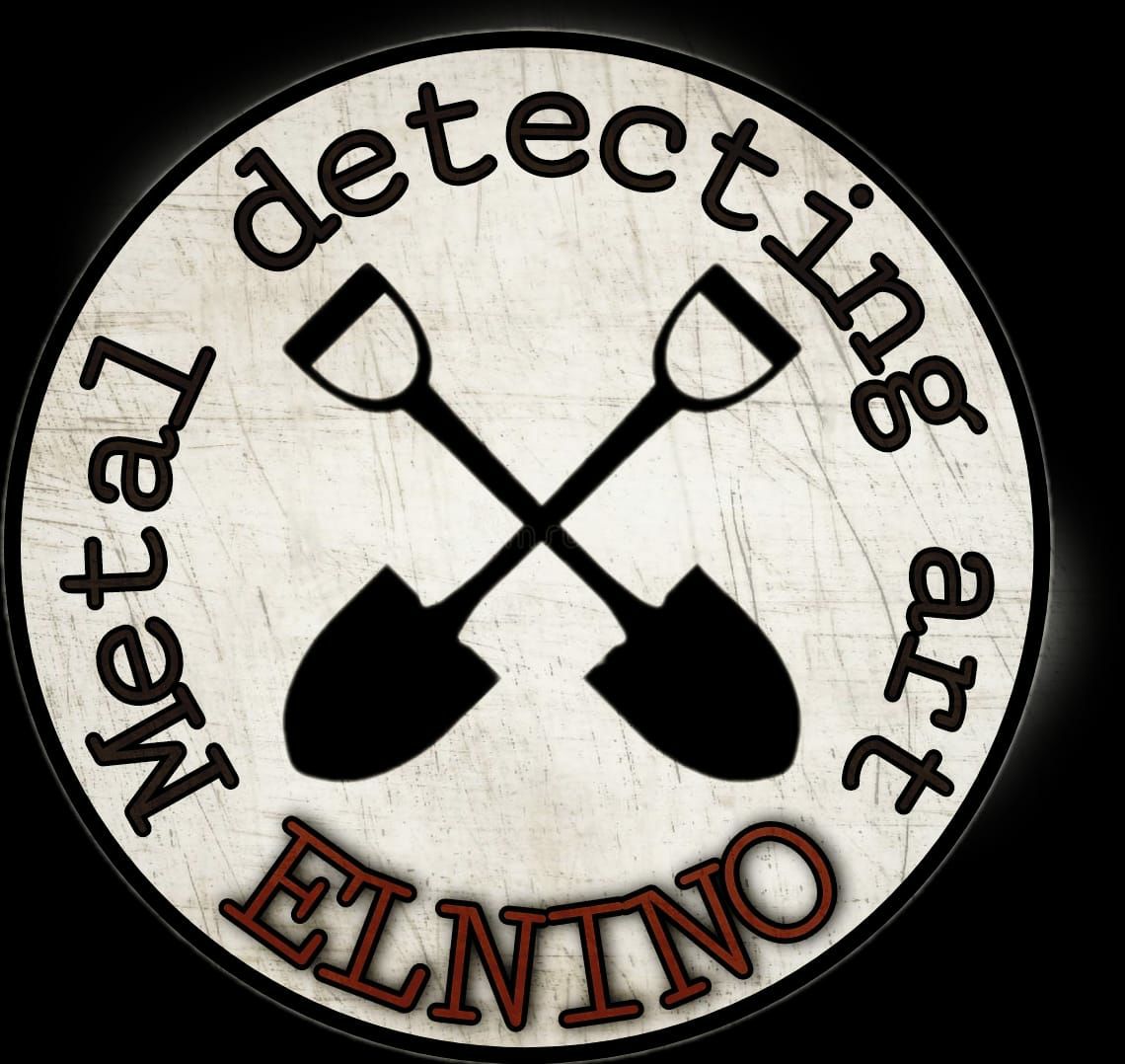
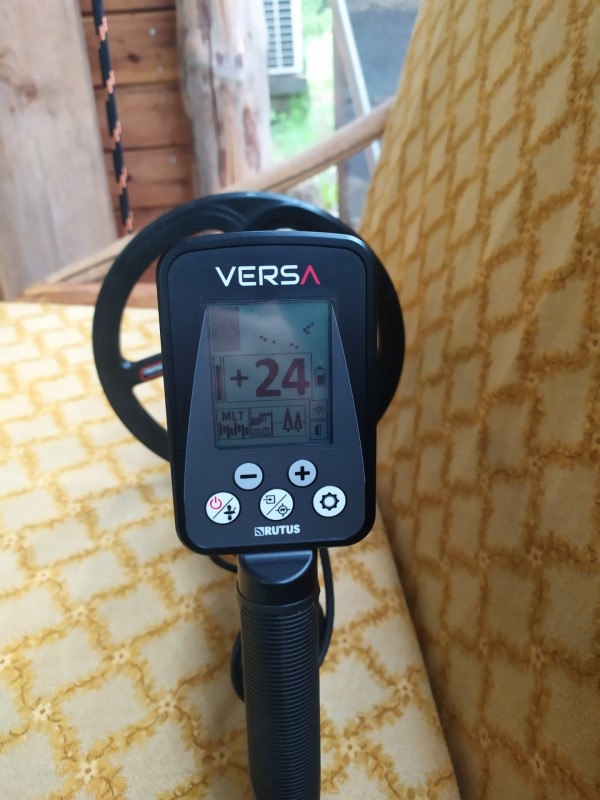
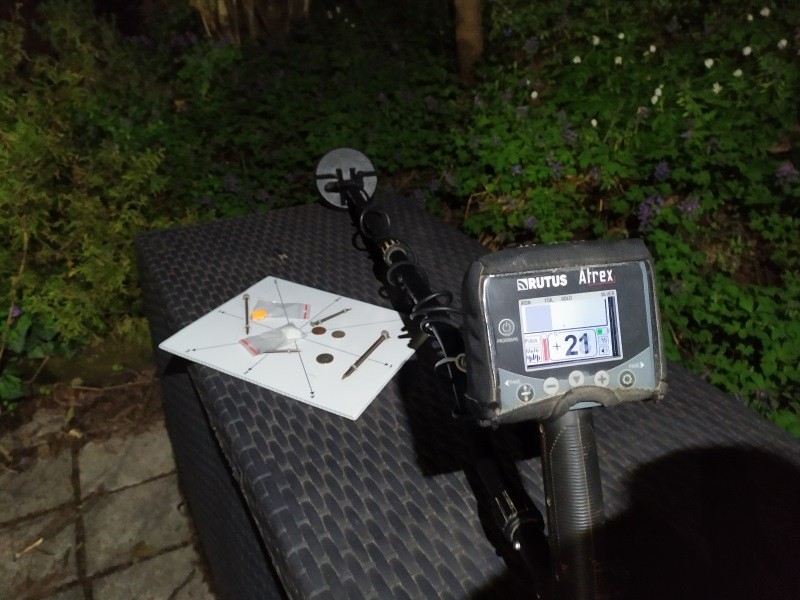
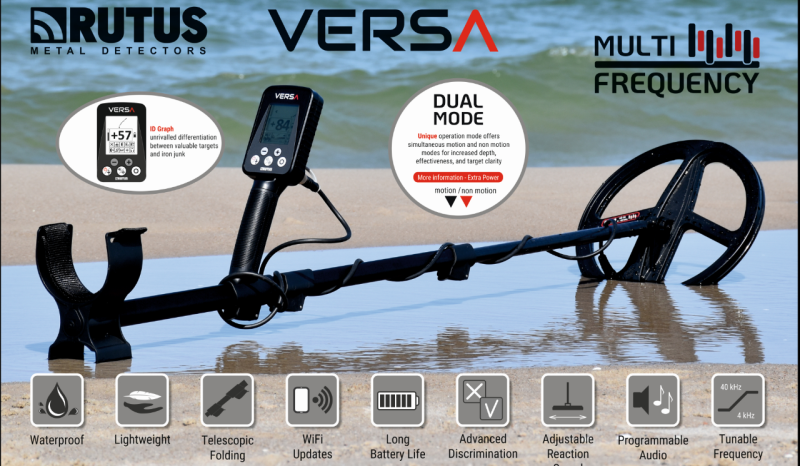
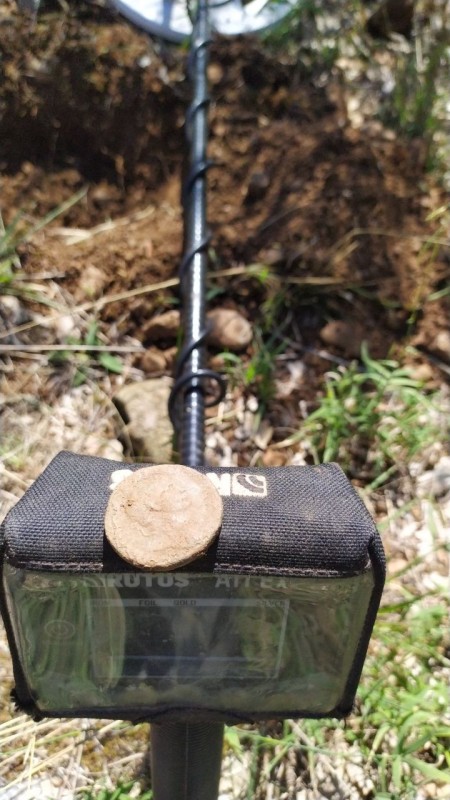
.thumb.jpg.4525e0bc80676072c12586825ff26780.jpg)
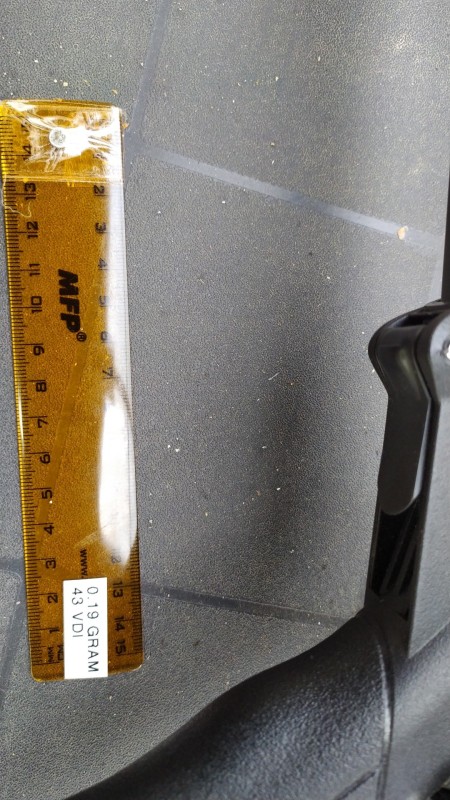
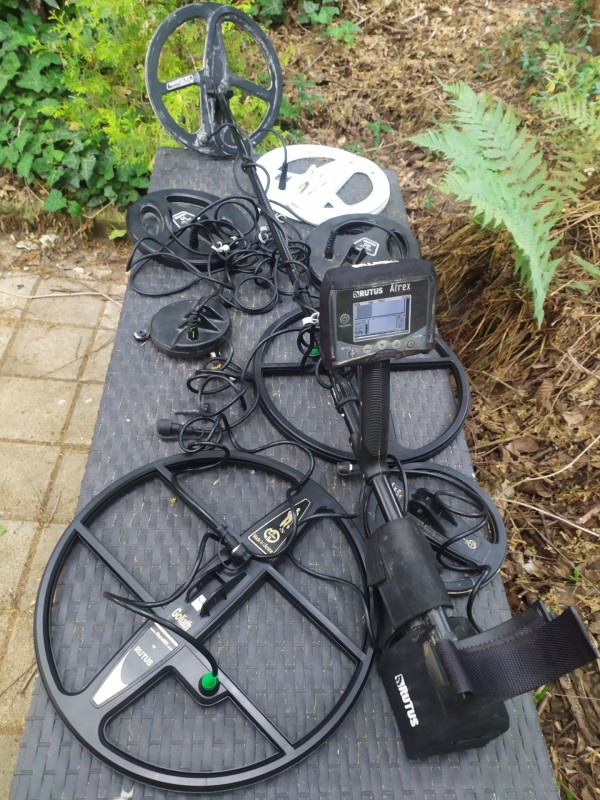
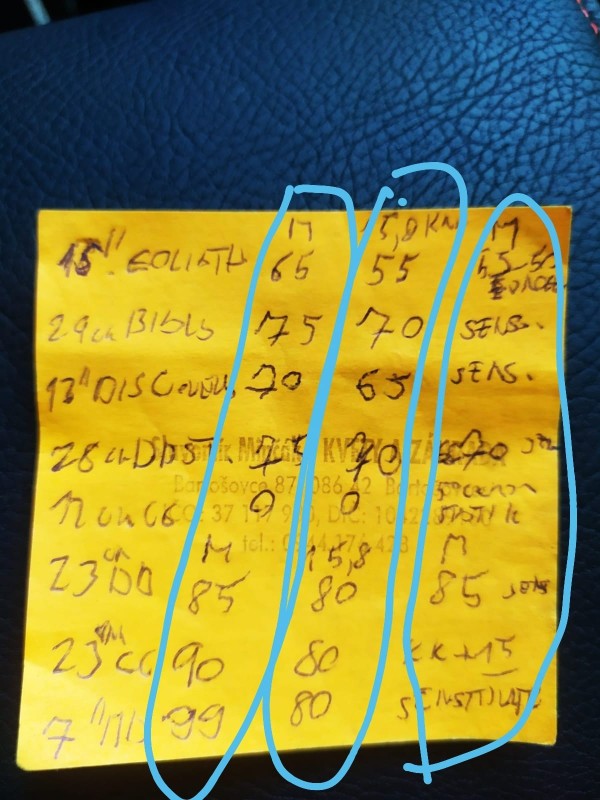
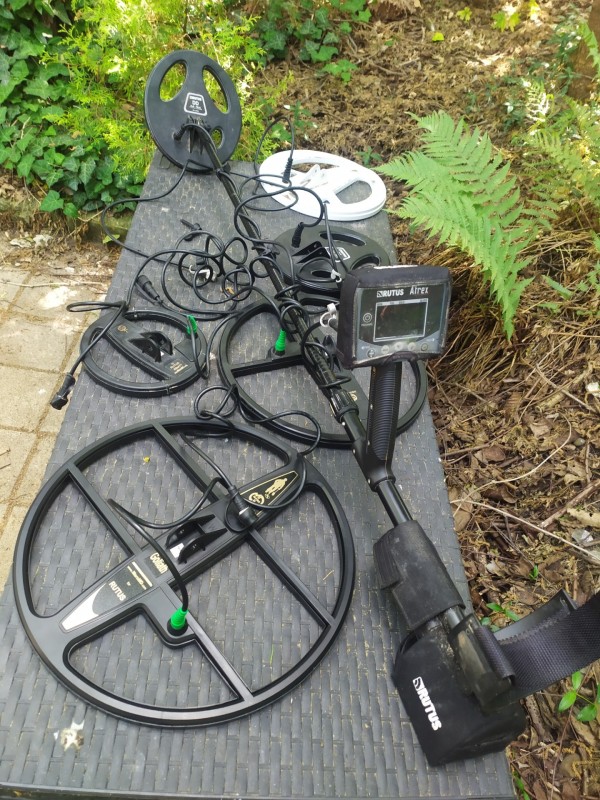
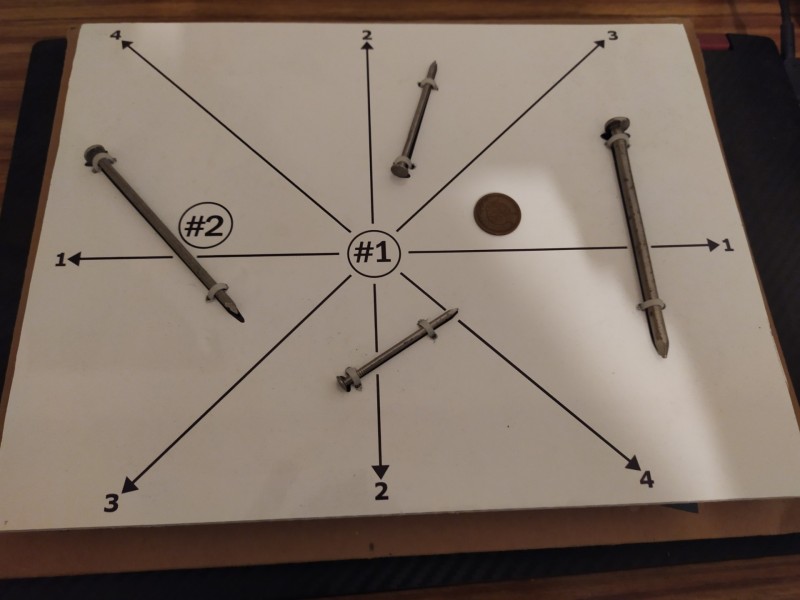
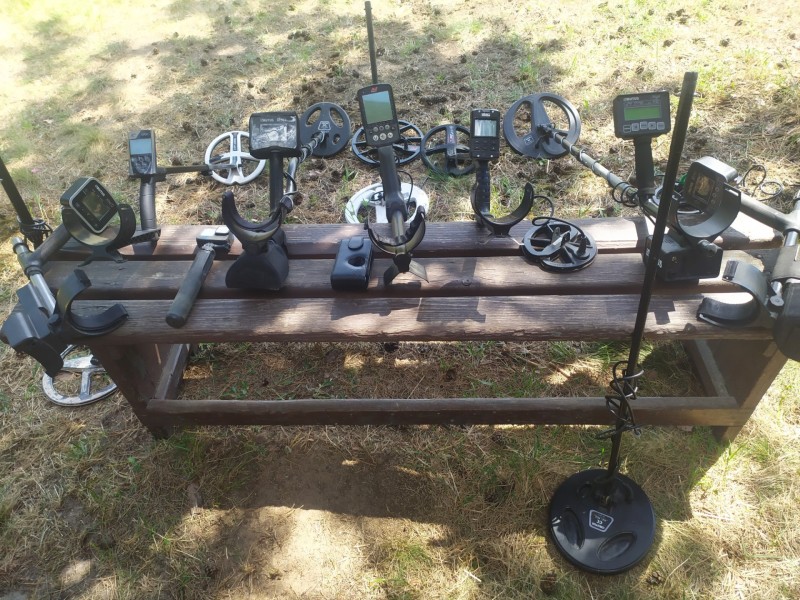
.thumb.jpg.db566e9b9bc096e8ec327313a502e71f.jpg)
.thumb.jpg.d9cf9ca9f918fa0d67f1480e43c017f7.jpg)